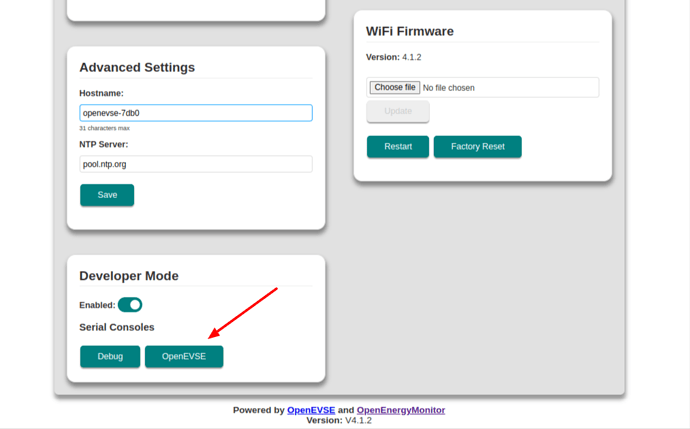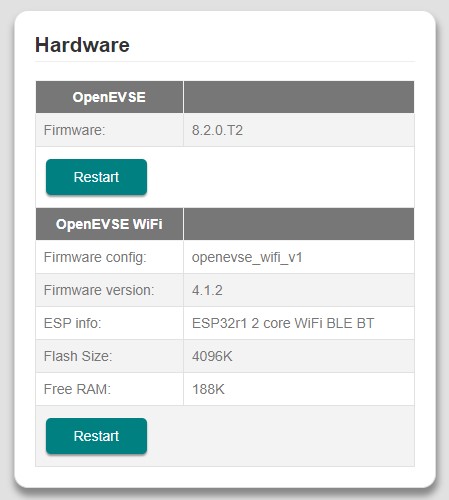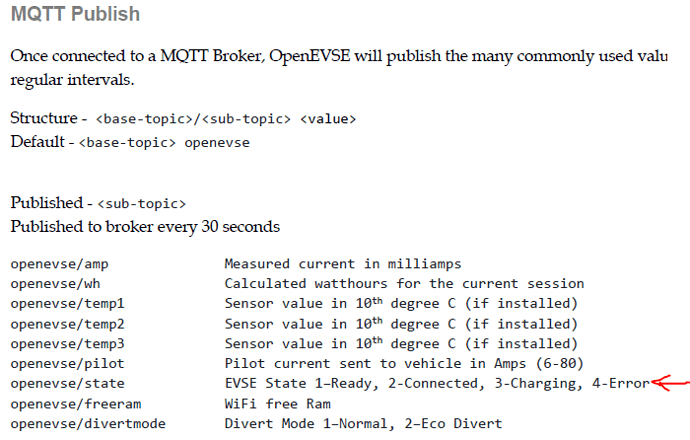Indeed that is what I meant. EmonEVSE is delivered as a ready made product. So you should expect guarantees on it working as advertised. You cannot expect this with a kit.
I have an OpenEVSE with a Peugeot e-208. The e-2008 is essentially the same car with a taller and longer body. And I have issues.
When using Solar PV divert with +I/-E, so excess solar goes to car i.o. grid, the OpenEVSE will stop the charge if no excess current is available or, to be more precise, import is required to keep charging the car. That’s good. After one minute of no charge, the e-208 goes to sleep. When excess solar is available again, OpenEVSE wants to resume charging. But the car does not respond. Charge is dead.
The official answer from the emon guys is “the car is not J1772 compliant, talk to Peugeot”.
Of course that is not helping. It does not change the fact that Solar PV divert does not work for the e-208. And Peugeot is not going to say “Hey, you’re right! Here is a software update to fix this!” They are much more likely to say, French as they are, “We don’t care about American standards, go bake yourself an egg!”
In the mean time I found a few things that do make the car accept a charge again once it went to sleep.
-
Cycle the door locks with the keyfob. Not very practical and far from “automatic”. It wakes up the car and makes it look at what is going on at the charge port. So: a good piece of data, but not a solution.
-
Reset the OpenEVSE, using the button on the “Hardware” panel in the OpenEVSE tab of the web gui. Now that is interesting!! So the car is not dead asleep beyond waking without poking it with the keyfob!! Seemingly, resetting the OpenEVSE does something that wakes the car !! What that is precisely I do not know. But it provides a way out that could be used. To hell with J1772 compliance. Who is being incompatible now? That depends on the viewpoint, it seems !!
-
Wake the e-208 over the cell network. I have been using the “flobz psa car controller” running in docker on my Synology NAS. You can issue http commands to it that will make it request Stellantis servers to wake up the car. And when you do, SUCCESS!! It wakes up and starts charging again.
OK, so 2 and 3 are promising. But they don’t work in the end.
2 does not because OpenEVSE EU does not live up to its documented promise you can issue RAPI commands using MQTT. I tried it, it does not work, I asked the emon guys what I’m doing wrong, maybe I am, but no ersponse so far. So I cannot help you.
3 does not work because Stellantis are French. “We noticed you are using cell services way too much, so we’ll cut you off and won’t tell you we did.” So now my iPhone “MyPeugeot” app is no longer working either.
I will persevere until I have a working solution. But not getting too much help so far.
OK, that being said, please do not use this data to make a decision about buying this car. The e-208 - and the e-2008 is even better in some respects - is a fantastic car. We love it. You cannot get anything better for the money, I believe. Of course it has to fit your requirements and we bought the e-208 for city dwelling and short trips. It is not as good for long haul. But apart from that, given today’s technical capabilities, I find Peugeot nailed every mark that counts. There are better cars, much more expensive though.


